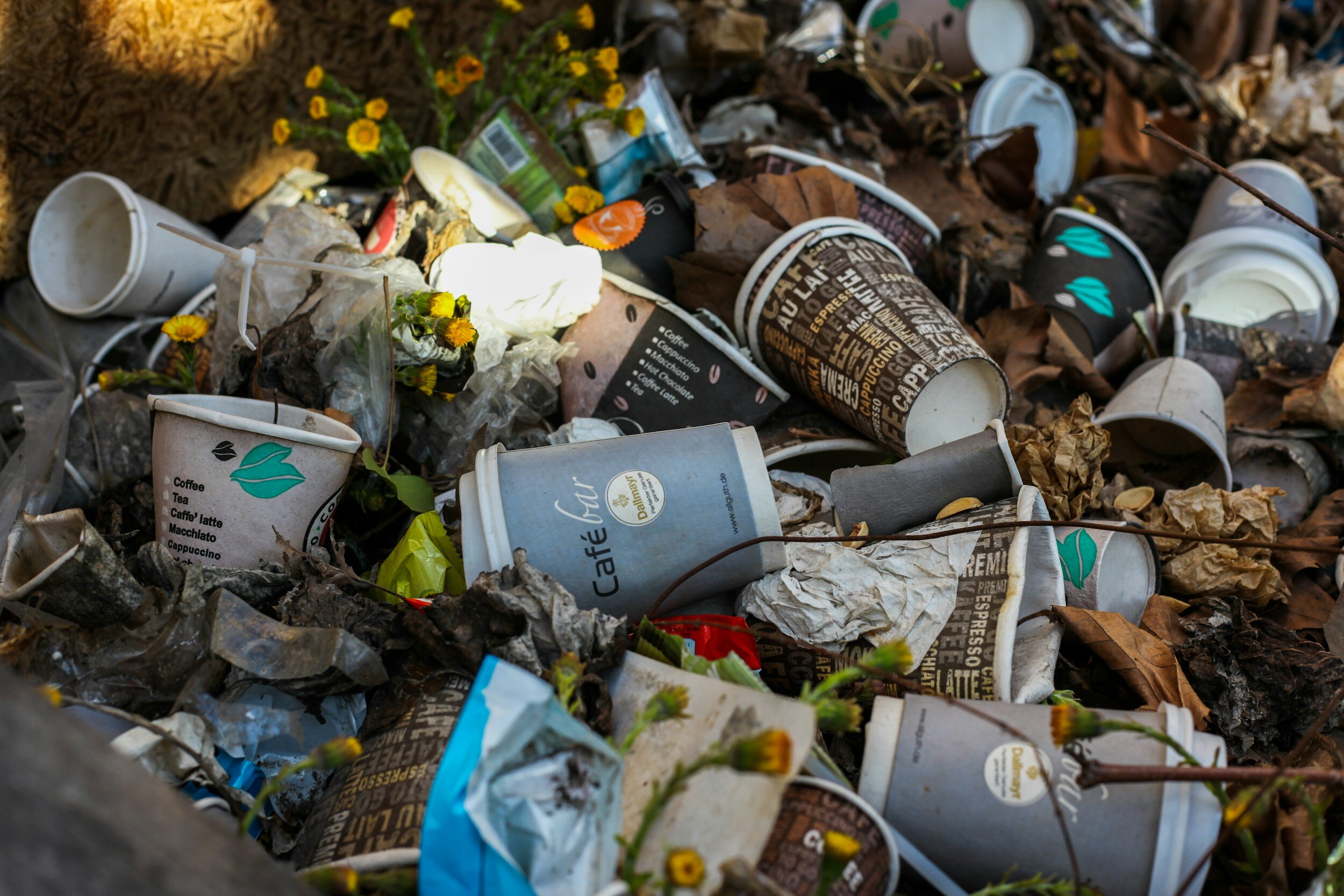
Seacoast Waste Not
Food Waste, Hunger,
and Climate Impact
It is estimated that in the United States, almost 40% of food produced goes to waste and 10% of our households don't have enough healthy food to eat.
In many cases, food tossed into landfills is wholesome and edible.
The equivalent of 660 million meals are
wasted each year right here in NH.
Everyone Contributes to Food Waste
In New Hampshire, 808 million pounds of food waste were generated across all sectors in 2022*. Here’s the breakdown of food waste generated by industry:
Residential: 604 million pounds
Food Service: 106 million pounds
Grocery Retail: 73.2 million pounds
Farms: 12.3 million pounds
Manufacturing: 6.26 million pounds
*Source: ReFed
Gather is Fighting Food Waste
-

Cooking for Community
Gather’s C4C program partners with local food suppliers to save food that otherwise would have been thrown out due to minor appearance flaws or excess amounts, and turns it into healthy, delicious ready-to-eat meals that are available to Gather members.
-

UNH Project
In partnership with UNH Hospitality Services, surplus food from the UNH dining halls is made into ready-to-eat meals that are available through our pantry and mobile markets.
-
Gleaning & Gardening
Gleaning is collecting surplus fresh foods from farms, gardens, farmers markets, and local producers and distributing it to those in need in our community. Local gardeners supply excess produce to our Pantry Market.
-

Seacoast Waste Not
Seacoast Waste Not is a new initiative for Gather, to take excess food from the food industry (restaurants, caterers, clubs, etc.) and bring it to Gather to be made into nutritious meals instead of ending up in a landfill.
Food Waste Contributes to Climate Change
Food that ends up in landfills and decomposes releases carbon dioxide (CO2) and methane (CH4), a greenhouse gas that is at least 28 times more potent than CO2 and is a major contributor to climate change.
Food waste occurs at all stages of the food cycle: when farmers leave crops unharvested in fields because it is not profitable to harvest them; when retailers turn away ‘ugly’ produce; and when dining halls or restaurants make more than they can use.
Some surplus food is inevitable, but the goal of reducing food waste is not only to get food out of landfills, but also to make sure food is going to its “highest and best use” – that is, being eaten by people.




